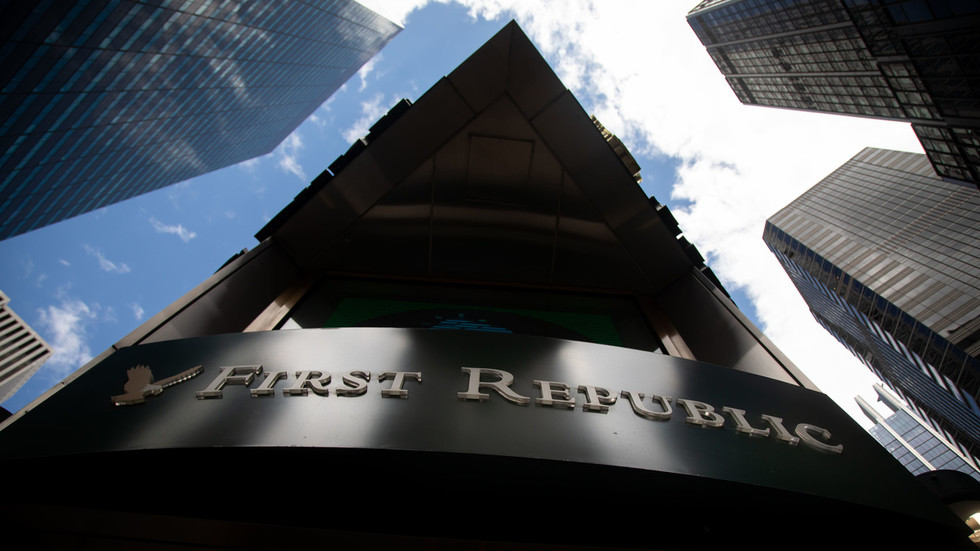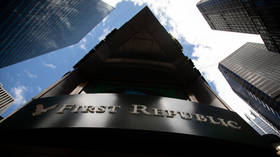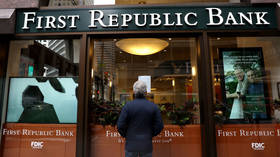
The US banking sector has recently been hit by a major crisis

© Global Look Press / Michael Nagle
Almost half of the 4,800 banks in the US are nearly insolvent, as they have burned through their capital buffers, The Telegraph reported earlier this week, citing a group of banking experts.
According to Professor Amit Seru, a banking expert at Stanford University, around half of US lenders are underwater.
“Let’s not pretend that this is just about Silicon Valley Bank and First Republic,” he said. “A lot of the US banking system is potentially insolvent.”
Last week, First Republic was seized by US financial regulators and acquired by JPMorgan, the country’s biggest bank. The San Francisco-based lender had previously received a $30-billion rescue shot from a group of Wall Street banks in the form of deposits. The sale of First Republic Bank followed massive deposit runs in March, which caused two regional lenders, Silicon Valley Bank and Signature Bank, to fail within days.

On Thursday, shares of Los Angeles-based PacWest and Arizona’s Western Alliance were suspended after their prices fell dramatically. Earlier in the week, shares of several regional US lenders plunged by at least 15%, triggering investor concerns about the financial health of other mid-sized banks.
Around 2,315 banks across the US are currently sitting on assets worth less than their liabilities, according to a Hoover Institution report by Professor Seru and a group of banking experts, as cited by the media.
The market value of the loan portfolios of these lenders is reportedly $2 trillion lower than the stated book value.
Professor Seru raised questions over the steps taken by US financial watchdogs to tackle the problems faced by crisis-hit mid-sized lenders. The regulators can contain the immediate liquidity crisis by guaranteeing all deposits temporarily, according to Seru, who said, however, that this would not address the greater solvency crisis.
For more stories on economy & finance visit RT’s business section




